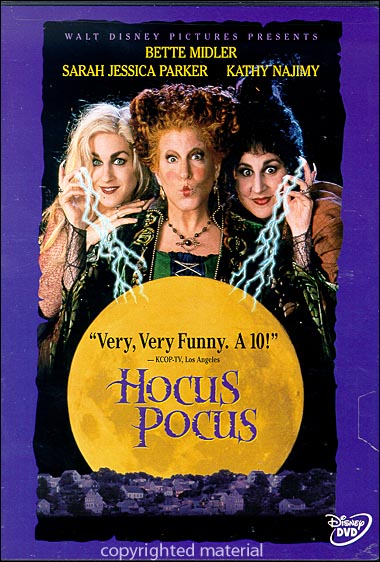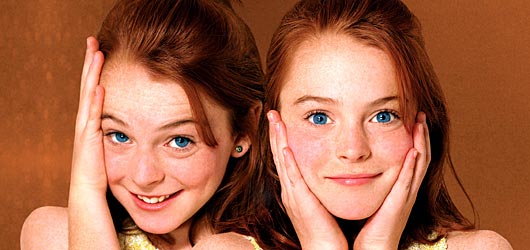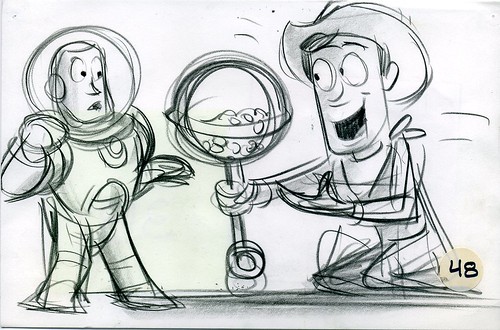 Tis the season for overly sentimental entertainment. This time of year, it's almost entirely socially acceptable to be moved to tears by cheesy movies. You better get your fill of these cryfests now; before you know it, you'll have to go back to sneaking a Hallmark Movie of the Wees when you're home alone with surplus stash of secret Kleenex.
Tis the season for overly sentimental entertainment. This time of year, it's almost entirely socially acceptable to be moved to tears by cheesy movies. You better get your fill of these cryfests now; before you know it, you'll have to go back to sneaking a Hallmark Movie of the Wees when you're home alone with surplus stash of secret Kleenex.There are so many classic Christmas movies from generations past, but there's something uniquely nostalgic about the Christmas films of our own generation. It's hard to imagine most of these achieving anything akin to the untouchable status of It's a Wonderful Life, but some are worth a repeat viewing or two. It may be too soon to say whether or not any of these will end up classics, but they certainly kept our generation entertained the first time around.
Home Alone
Home Alone gets my vote for hitching the fast-track to Christmas classic status. The movie was iconic in the way we'd come to expect from late director John Hughes. Home Alone follows the extended Chicago-based McCallister clan as they gear up for a big family Christmas trip to Paris. An angry eight-year old Kevin (Culkin) wishes his family would disappear following a fight with his older brother. To his surprise the next morning, his wish came true--or, at least that's the way he interprets his sudden solitude. In actuality, his family forgot him in their harried rush to the airport. His mother (Catherine O'Hara) realizes their oversight immediately after takeoff, but it's too late.
The movie follows Kevin's adventures, as the title suggests, while home alone. The bulk of the movie details his complex booby trap-based thwarting of some local burglars. It may not be the most realistic movie ever made and some may frown upon the cartoon-like violence, but Home Alone has genuine heart. Culkin is just so adorable in it, too, you can't help but feel some affection for him and his positive spin on his predicament.
To read the full Home Alone post, click here
Miracle on 34th Street (Remake)
Some movies just don't warrant a remake, particularly if still in popular circulation in their original form. The 1947 Miracle on 34th Street is assuredly a classic, though it's yet to be seen if the 1996 remake was wholly necessary. It was cute enough in a John Hughes type of way, which makes sense as he penned the screenplay and produced the movie. Whether or not it measures up to the original is questionable, though it follows the plot pretty straightforwardly. Interestingly, though, Macy's department store didn't want to be implicated in the remake, forcing the film to replace it with a fictitious department store in the remade version.
I'll admit there was some personal investment in this choice. As a child, Mara Wilson was the only celebrity with whom I shared a name, and I always rejoiced in seeing another Mara in the media. On the other hand, she's also Jewish like me, which is this case gives her Christmas wish a slight tint of irony.
Jingle all the Way
Like all native Minnesotans, I have a sort of built-in radar for all movies filmed in my home state. Minnesotans are innately armed with an arsenal of state-pride knowledge to deflect questions of how we could live somewhere so cold, touting movies like Fargo and celebrities like Prince as evidence of a state well-deserving of inhabitance. In 1996 we got yet another notch in our state fame belt with Christmas flick Jingle All the Way, meaning it will forever abide in my memory as a truly great movie despite mounting evidence to the contrary.
This movie is quintessential 90s, starring Arnold Schwarzenegger and Sinbad as fathers battling for the most coveted toy of the Christmas Season, Turbo Man. Throw in the late Phil Hartman as a Stepford-esque dad and you have a trifecta of solid 90s stars. Despite the big names the movie was generally poorly received by critics, but it performed decently in theaters and had non-discerning kids everywhere laughing in the aisles. Aside from the tragic death of Phil Hartman, it's no wonder Jingle All the Way's co-stars moved on to bigger things: Schwarzenegger to a gubernatorial career and Sinbad to unemployment and massive tax evasion.
The Santa Clause
Before they beat this franchise to death with its innumerable sequels, The Santa Clause was a movie set in the tradition of high-spirited holiday classics. Tim Allen stars as Scott Calvin, a divorced businessman dad who frightens Santa off his roof and finds only his vacant red suit atthe spot to which Santa fell. He follows directions from Santa's suit's business card to put on the outfit, following which he begins to transform into Santa himself. That is the aforementioned Santa Clause. Get it? Santa Clause? Like a contract? Oh 90s movie makers, are there any limits to your hilarious punnery?
The movie was both a financial and critical success, which is a pretty impressive feat for a kid's Christmas movie. It's not particularly innovative or groundbreaking, but it follows the successful family-friendly Disney formula to a tee. Too bad we can't say the same for Santa Clauses numbers 2 and 3.
Nightmare Before Christmas
I'll admit this one stands out in the bunch as it's not technically a children's Christmas movie. Disney chose to release it under its Touchtone label to promote it as a more adult offering. Despite the stop-motion animation format, this movie is downright dark and a bit scary for children. Actually, it was probably because of the stop-motion animation. That stuff is creepy.
The Nightmare Before Christmas is Tim Burton at his best. It's quirky, strange, and oddly fascinating. While it scared me to near-death as a child, watching it as an adult I can recognize that it's a truly great film. Burton actually manages to make us feel empathy for his grotesque creatures, which is no easy feat when we're dealing with skeletons and zombies.
To read the full Nightmare Before Christmas post, click here
A Muppet Christmas Carol
Really, how many times can we retell this story? Apparently there's some demand for an infinite number of adaptation of Dickens' A Christmas Carol, leading to the nearly yearly permutations released in theaters or on TV. Regardless of the repetitiveness, the Muppets are kind of a sure thing for kids. I've said it before and I'll say it again: kids love puppets. That's usually the deal breaker on this kind of thing, so kids can overlook the fact they've probably seen this story three or four different times before and just focus on Kermit and Miss Piggy. Thank goodness for short attention spans.
We can't know for sure if any of these will become future classics, but we have a few viable 90s contenders. Give me a call in 20 years and let me know how it all plays out.














